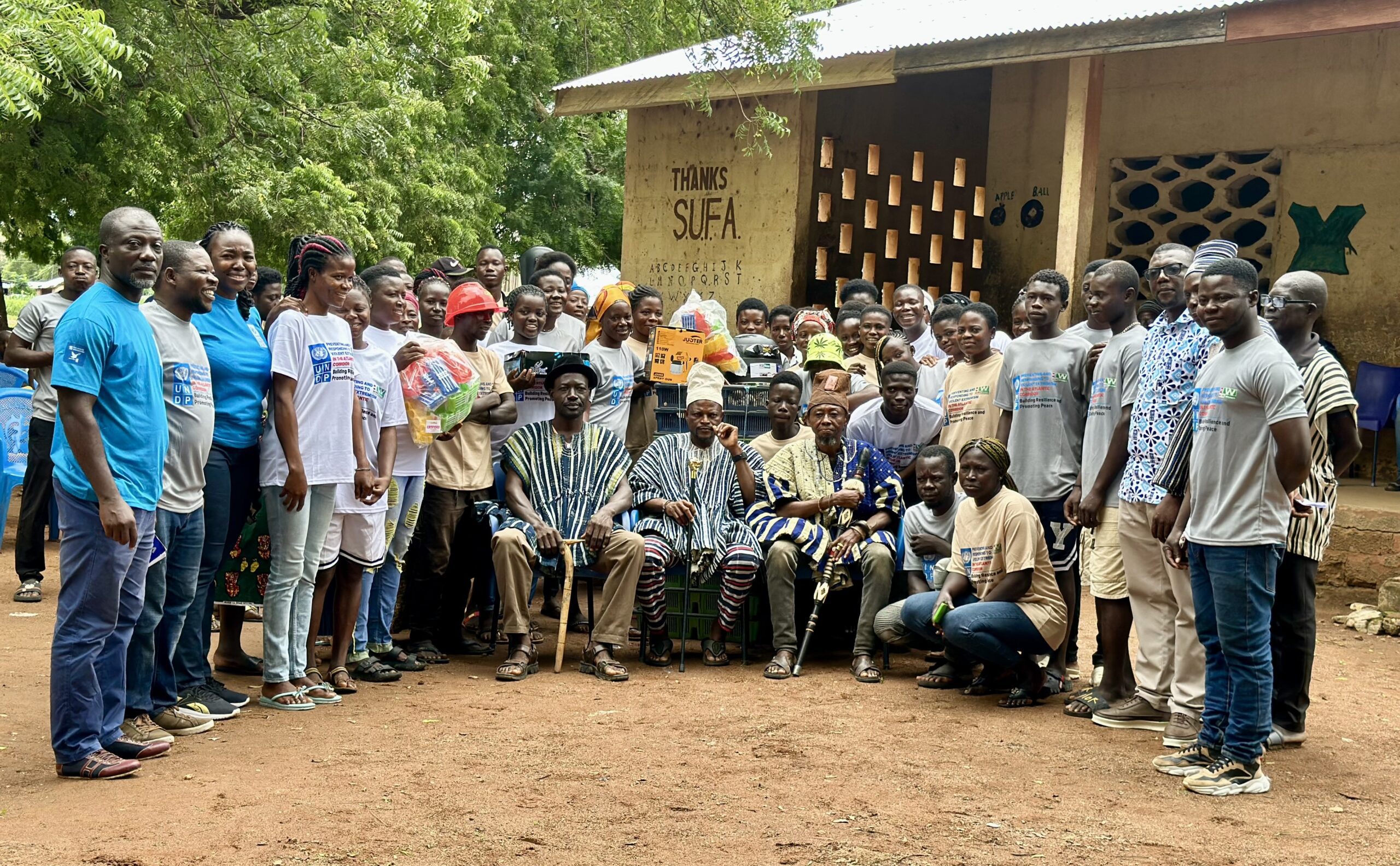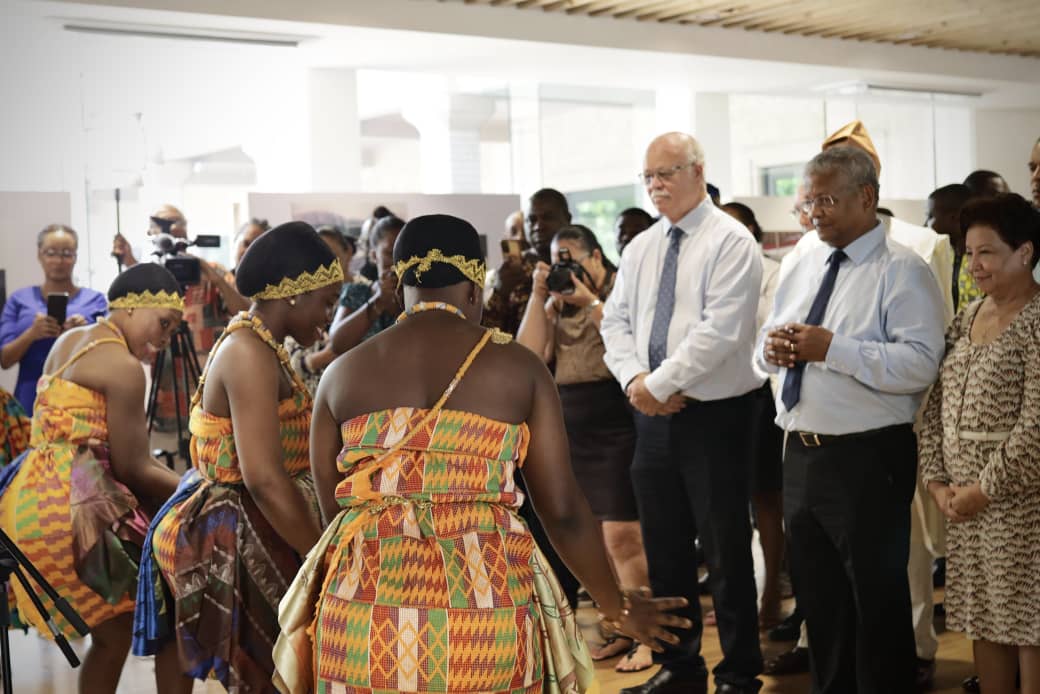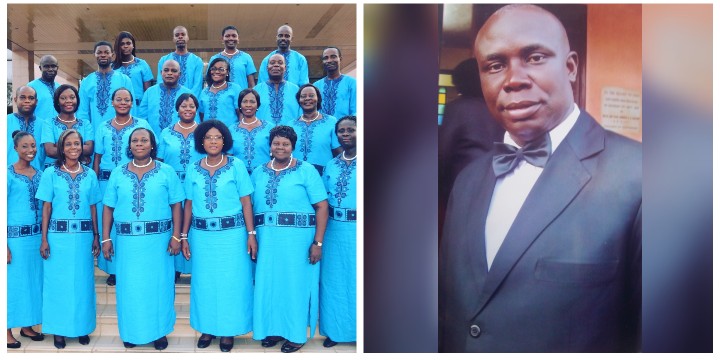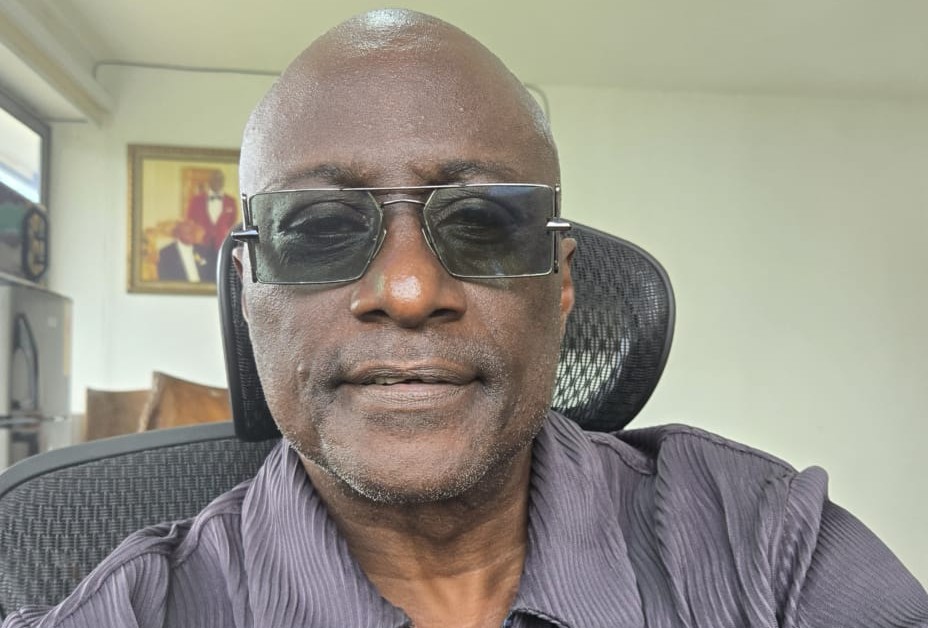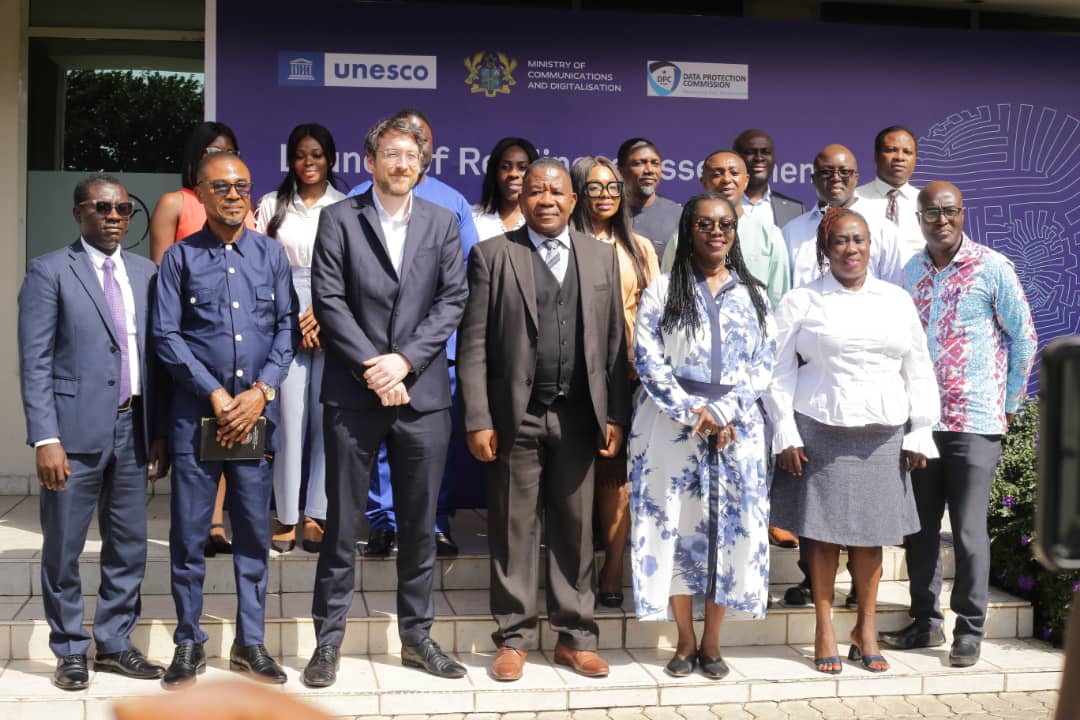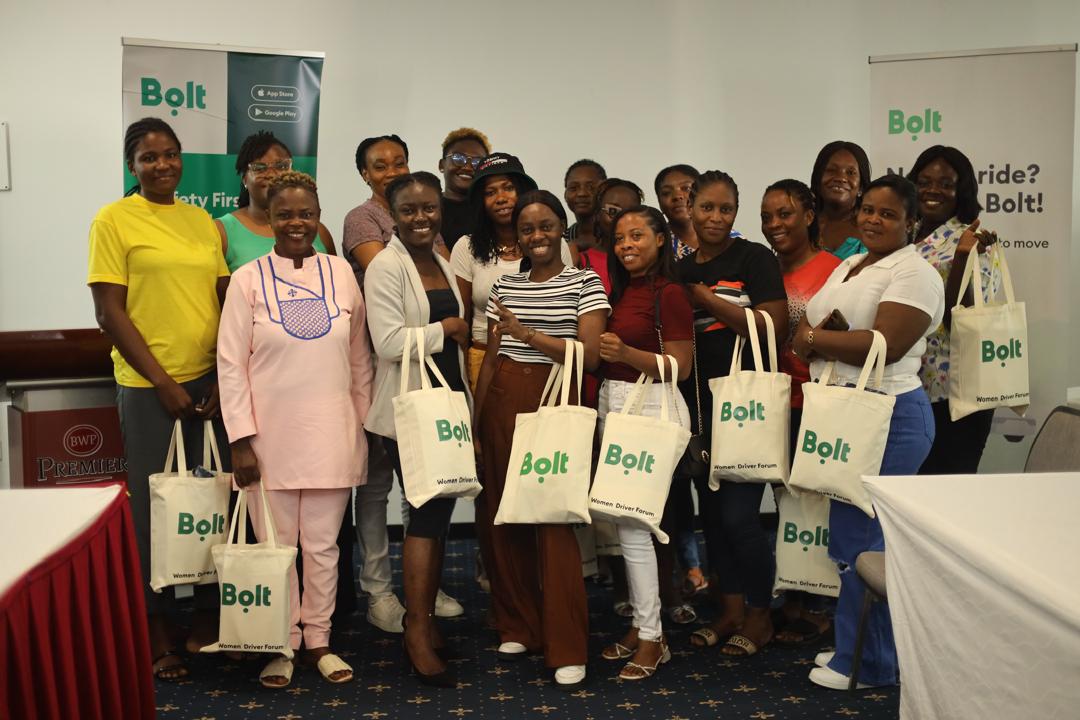The Tapestry of Love: Exploring Parent-Child Bonds in Africa

Source: Ghanaija
Chapter 1: The Serengeti
In the heart of the Serengeti, where the golden savannah stretches endlessly under the vast African sky, lived a young boy named Jabari. His father, Kamau, was a wise and seasoned Maasai elder, deeply respected by their community for his knowledge of traditions and survival skills. Kamau’s teachings to Jabari were not just lessons; they were stories of their ancestors, tales of courage, and songs of the land.
Each morning, as the first light of dawn broke over the horizon, Kamau and Jabari would walk together. Kamau taught his son to listen to the whispers of the wind, to track animals by their footprints, and to understand the delicate balance of nature. Their bond was forged through these shared experiences, where learning and love intertwined seamlessly.
One day, as they watched a pride of lions from a safe distance, Kamau turned to Jabari and said, “Do you see how the lioness cares for her cubs? She teaches them to hunt, to survive, but most importantly, she loves them fiercely. Our bond is like that. It is our duty to protect and teach, but above all, to love.”
Chapter 2: The Ethiopian Highlands
Far to the northeast, in the Ethiopian highlands, lived a girl named Amina with her mother, Lulit. Lulit was a weaver, creating intricate patterns that told stories of their family’s heritage. Amina admired her mother’s skill and patience, often sitting by her side, fascinated by the rhythmic motion of her hands as she wove.
Lulit’s weaving was more than a craft; it was a legacy passed down through generations. Each pattern held meaning, each color a piece of their history. Amina learned that the bond between parent and child was like the threads of a tapestry—individually fragile, but together, strong and beautiful.
One evening, as the sun dipped behind the mountains, casting long shadows over their village, Amina asked her mother about the significance of a particular pattern. Lulit smiled and said, “This pattern represents the bond between mother and daughter. It is unbreakable, woven with love, strength, and trust. Remember, Amina, no matter where life takes you, our bond will always be a part of you.”
Chapter 3: The Nile Delta
In the fertile Nile Delta of Egypt, a young boy named Farid lived with his father, Hasan, a fisherman. The Nile was their lifeline, providing sustenance and a livelihood for their family. Each day, as they cast their nets into the river, Hasan imparted wisdom to Farid, teaching him the ways of the water and the importance of patience and perseverance.
Fishing was not just a means to an end for Hasan; it was a way to connect with his son. As they floated on their small boat, the gentle lapping of the water against the hull, Hasan shared stories of his own father and grandfather, who had also been fishermen. Through these stories, Farid learned about his heritage and the deep-rooted traditions that shaped their lives.
One tranquil evening, as the sun set over the Nile, painting the sky with hues of orange and pink, Hasan placed his hand on Farid’s shoulder and said, “Son, the river is like life. It has its calm and its storms. But remember, no matter what, our bond is like the current that flows within it—constant and strong. You are my legacy, and I am proud of you.”
Chapter 4: The Kalahari Desert
In the arid expanse of the Kalahari Desert, a San girl named Keitumetse lived with her mother, Thandi. The desert, with its harsh conditions, demanded resilience and adaptability. Thandi was a healer, using her knowledge of the land and its plants to care for their community. Keitumetse admired her mother’s strength and wisdom, often accompanying her on long walks to gather medicinal herbs.
Thandi’s teachings were rooted in a profound respect for nature and an understanding of its cycles. She taught Keitumetse not only about the healing properties of plants but also about the importance of balance and harmony in life. Their bond was nurtured through these shared journeys, where learning was an act of love.
One day, as they sat under the shade of an acacia tree, Thandi held a small plant in her hands and said, “This plant is like our relationship, my daughter. It needs care, attention, and love to grow. Our bond is strong because it is built on trust and understanding. No matter the challenges we face, remember that you carry my love and wisdom within you.”
Chapter 5: The Cape of Good Hope
On the southern tip of Africa, in the bustling city of Cape Town, lived a boy named Sipho with his father, Mandla. Mandla was a storyteller, known for his vibrant tales that captivated both young and old. Sipho loved listening to his father’s stories, each one a window into a world of imagination and history.
Mandla’s stories were more than just entertainment; they were lessons in morality, resilience, and the importance of community. Through these narratives, Sipho learned about his culture and the values that defined their people. The bond between Mandla and Sipho was strengthened by these shared moments of storytelling, where each tale was a thread weaving them closer together.
One stormy night, as rain lashed against their windows, Mandla gathered Sipho close and began a new story. “In the heart of every storm,” he said, “there is a calm. Our bond, my son, is like the eye of the storm—steadfast and unwavering. Through life’s challenges, our love and connection will guide us, just as stories guide our hearts.”
Conclusion: The Universal Thread
Across the diverse landscapes of Africa, from the Serengeti to the Cape of Good Hope, the special bond between parent and child is a universal thread. It is a connection built on love, trust, and shared experiences, transcending geography and culture. These relationships are like the intricate patterns of a tapestry, each unique but woven with the same fundamental threads of love and understanding.
Jabari, Amina, Farid, Keitumetse, and Sipho each learned from their parents not just the skills and knowledge needed to navigate their worlds, but also the deeper lessons of life—the importance of heritage, the strength of familial bonds, and the enduring power of love. These lessons, passed down through generations, form the foundation of what makes parent-child relationships truly special.
In the end, it is the love that parents and children share, the stories they tell, and the lessons they impart that create a legacy of connection, resilience, and hope. This is the essence of the parent-child bond, a bond that, like the vast and varied landscapes of Africa, is both beautiful and enduring.




